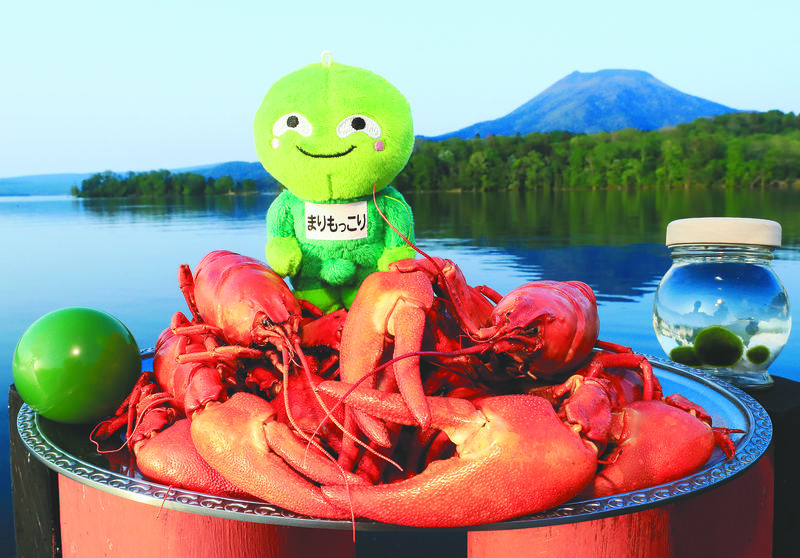
LAKE AKAN, Hokkaido -- A boat glided on Lake Akan in Kushiro city in eastern Hokkaido to a point where fisherman Tsuyoshi Osaka had set baskets. When he pulled them from the water, I found so many crayfish caught there.
"No matter how many we catch, their number never declines," said the 39-year-old fisherman.
Just imagining a large number of crayfish wriggling on the bottom of the lake made me almost faint. However, there is an unfortunate background behind the crayfish at Lake Akan.
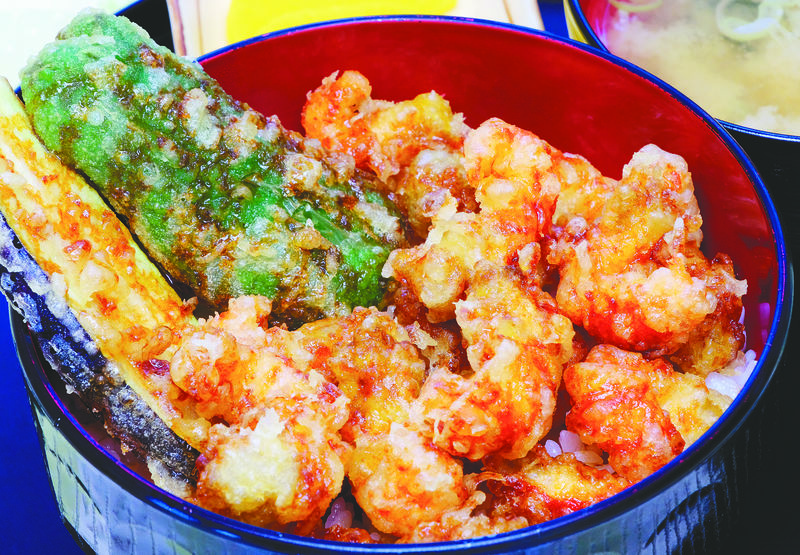
In Japanese, this crayfish is called uchida zarigani, a name derived from a Japanese researcher, but the species is not indigenous to the Hokkaido lake. Called signal crayfish in English, the crustacean originally comes from the Columbia River in North America and grows up to about 20 centimeters long. It was brought into Japan as a national policy in the early years of the Showa era (1926-89) for edible use.
"The crayfish was initially released into Lake Mashu, which is about 50 kilometers away, and some were reportedly brought into Lake Akan," said Masato Tanaka, an official at the Akankohan Eco-Museum Center.
These crayfish are highly fertile and prey on the indigenous Japanese crayfish. The alien species is considered particularly dangerous among other species brought from abroad for its negative impact on the ecosystem, prompting the central government in 2006 to designate it as one of the special alien species that are subject to restrictions and extirpation.
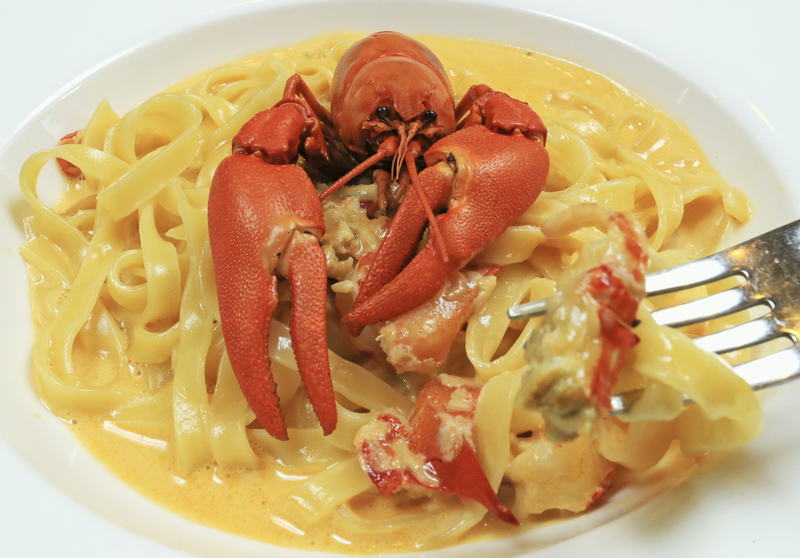
On the other hand, Lake Akan is famous for marimo spherical moss. It is protected as a special natural treasure and goods designed after the moss are popular, such as marimo-shaped yokan sweet bean paste and a character called Marimokkori. The signal crayfish was suspected as a predator of the moss, but direct damage caused by the crustacean has so far not been confirmed. Even if it's a false accusation, I wonder why the two species are treated so differently, even though they are both living creatures?
In areas around the lake, crayfishing began 25 years ago, with the fishing season spanning May through November. Since crayfish are actually considered a luxury ingredient in Europe, the Lake Akan fishermen's cooperative has dubbed the creature "Lake Lobster" and ships it under strict management to hotels and Michelin-starred restaurants in Tokyo and other cities. For general customers, boiled crayfish products and canned soup items also have a good reputation.
Dishes using the crustacean can be enjoyed at the restaurant Umihei within Fishing Land Akan, a shop run by local fishermen to provide fishing-related services. About 10 crayfish boiled in salted water are available at 1,000 yen. Removing the shells of the bright red ones with kitchen scissors, I took a cautious bite, only to find the flesh had no odor. The main part tasted like shrimp, while the meat from the claws had a similar flavor to crabs. I eventually found myself enjoying eating them.
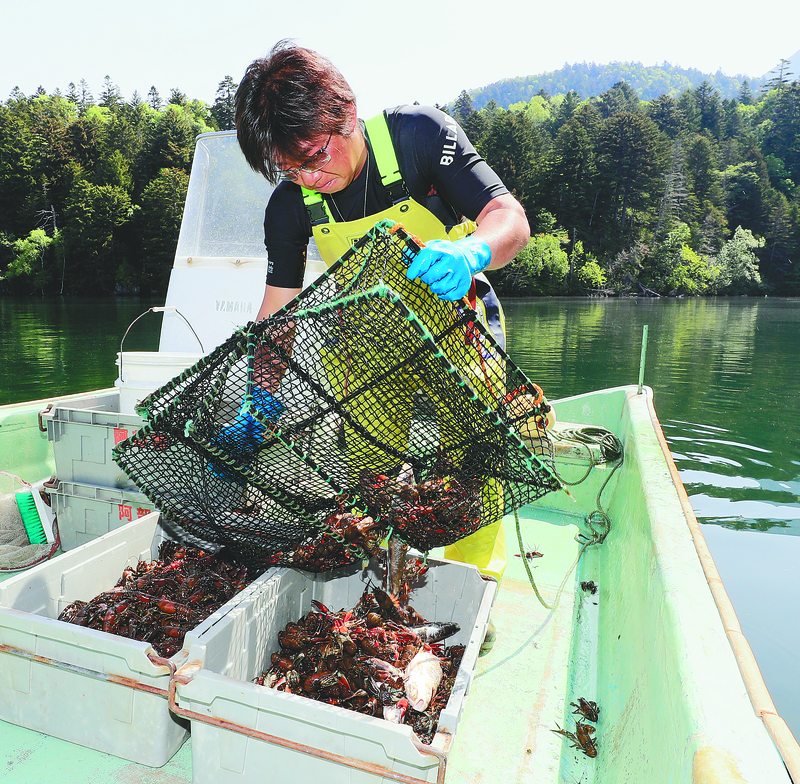
The restaurant also offers a rice bowl topped with crayfish tempura for 1,200 yen. This crispy tempura went well with a sweet and savory sauce, stimulating my appetite.
Meanwhile, nearby restaurant Onsen Kobo Akan offers a pasta dish featuring crayfish and comes with a salad for 1,200 yen. A rich sauce made from the crustacean is mixed with flat pasta to create a dish that mixes zarigani and carbonara, or "zari-bonara."
"Even though this crayfish was brought here for humans' sake, it's treated like a nuisance," said Yasunori Terao, 31, an official at the Akan tourism association. "I feel a little sorry for it."
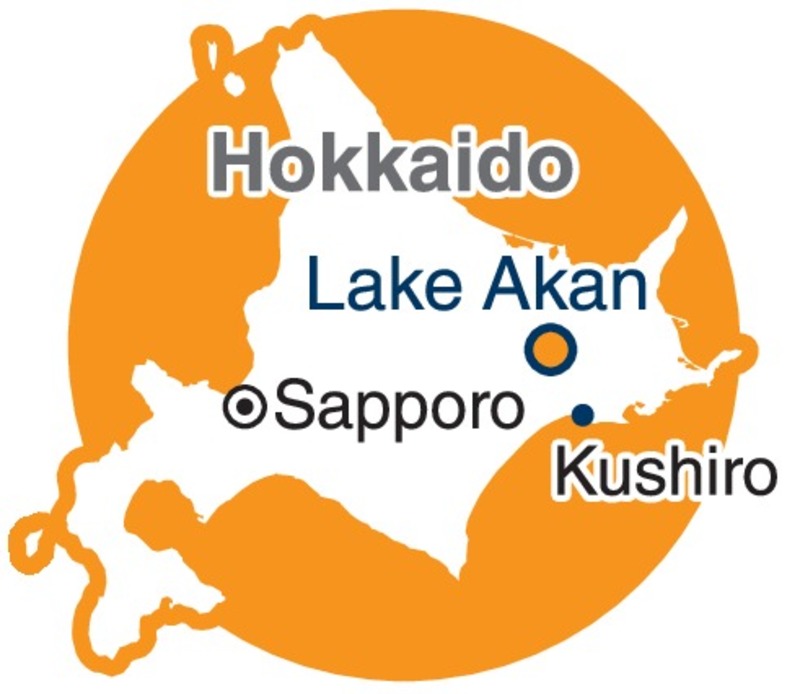
I hope people enjoy eating the species with appreciation while regarding it as a blessing from nature, rather than considering it something subject to extermination.
To find out more about Japan's attractions, visit http://the-japan-news.com/news/d&d
Read more from The Japan News at https://japannews.yomiuri.co.jp/







